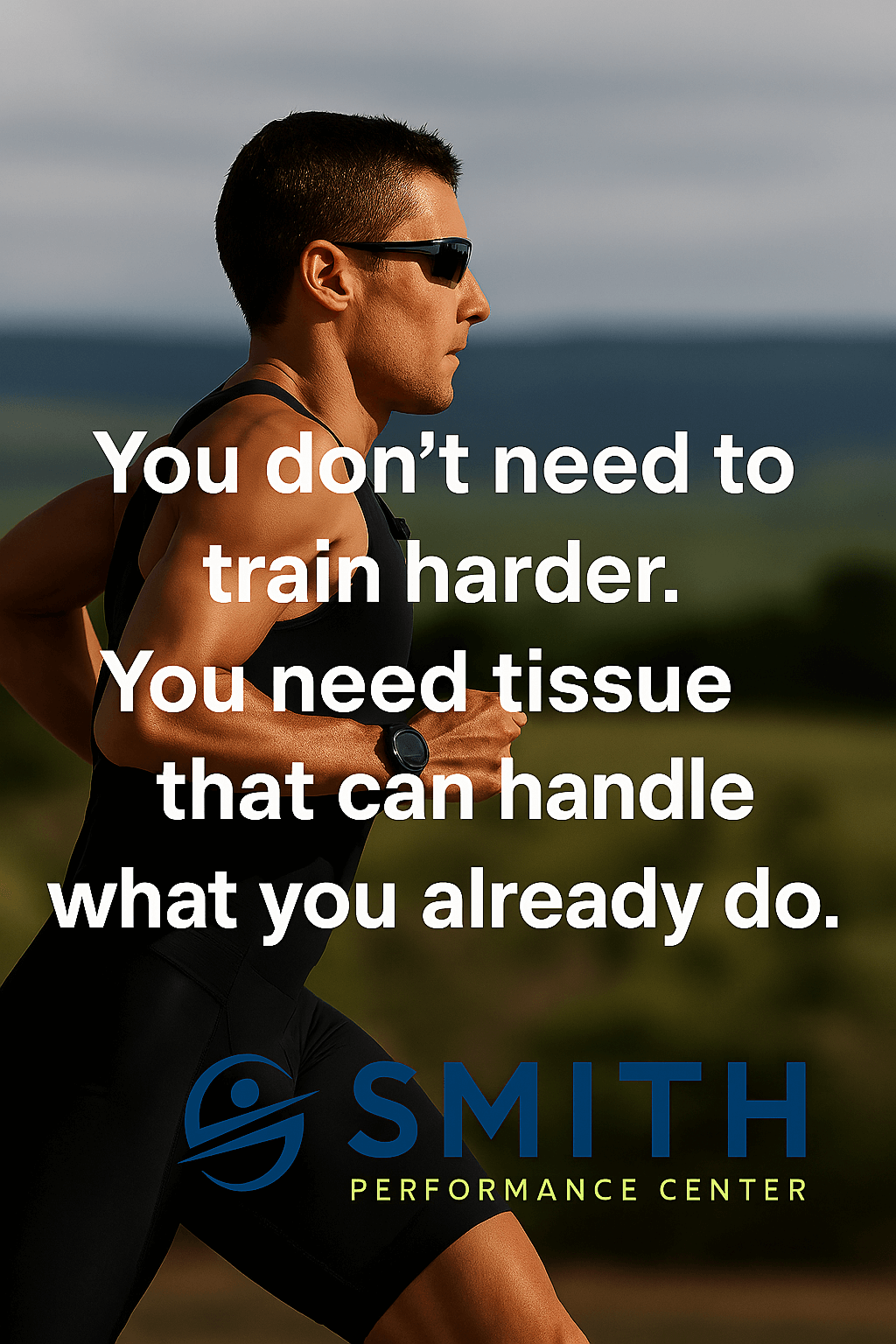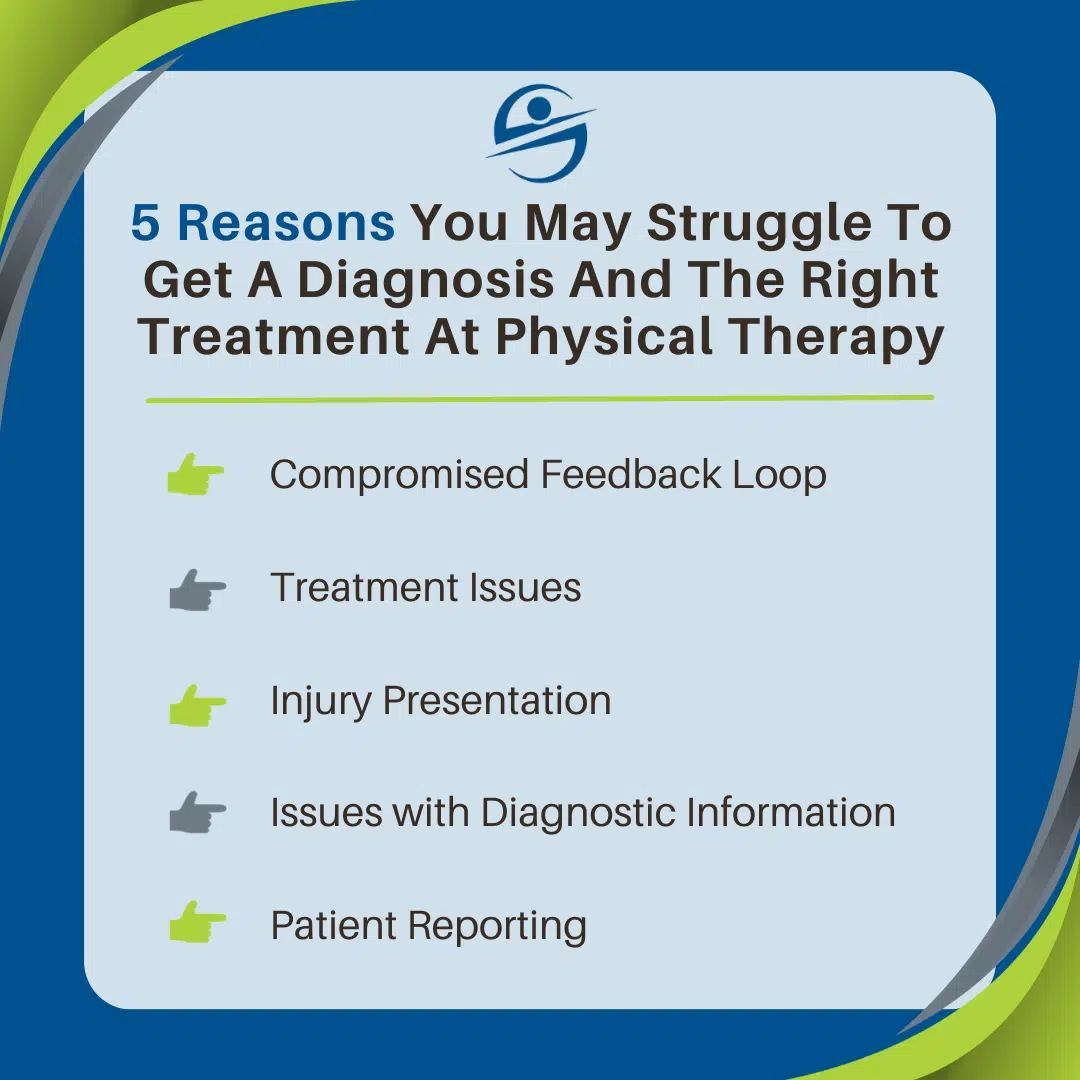Bracing for poor hip control
The SERF Strap
Bracing for foot and lower limb control
The Post Tib Brace

Recurring injuries derailed Alex’s triathlon training for years—until he adopted a structured, phase-based rehab approach. This case study shows how the Smith Performance Center Phase System helped him move from chronic pain to consistent performance by focusing on what most athletes overlook: building tissue capacity to match training demands.

Updated by Craig Smith February 22, 2025 Understanding Knee Pain: Why Won’t It Go Away? Knee pain is a common and persistent problem that affects daily life. Whether you’re avoiding stairs, switching from running to biking, or waiting for a knee replacement, chronic knee pain can disrupt your routine. And it is more complicated than we often admit or see online. At Smith Performance Center, we believe that effective knee pain treatment requires more than just exercises or quick fixes—it needs a structured plan. This is where our SPC Phases come into play. Our phase-based system ensures that each step of rehab is intentional, guiding patients from pain relief to long-term performance. This article explores why knee pain occurs, how physical therapy should address it, and what steps you can take to regain control over your movement. Why Is Knee Pain So Common? The knee may seem like a

Upon your arrival at Smith Performance Center, our primary goal is to comprehensively understand the source of your pain or symptoms. Our physical therapists initiate this by gathering information through a medical history form, conducting interviews about your experiences, performing thorough examinations, creating an initial list of potential diagnoses, validating our hypotheses through treatment, and finally, devising an initial home plan. This phase in our rehabilitation process is aptly termed ‘Diagnosis and Home Plan Development’. While not a creative title, it encapsulates the process our team undertakes. A workable diagnosis is pivotal. However, arriving at a diagnosis can be challenging due to various reasons. These complexities range from the diverse causes of pain (such as injury, inflammation, nerve-related issues, sensitization, psychogenic factors, and dysfunctional conditions) to individual-specific challenges. Patients may struggle to explain their experiences, while others may not show rapid responses to treatment due to the absence of a

Recurring injuries derailed Alex’s triathlon training for years—until he adopted a structured, phase-based rehab approach. This case study shows how the Smith Performance Center Phase System helped him move from chronic pain to consistent performance by focusing on what most athletes overlook: building tissue capacity to match training demands.

Updated by Craig Smith February 22, 2025 Understanding Knee Pain: Why Won’t It Go Away? Knee pain is a common and persistent problem that affects daily life. Whether you’re avoiding stairs, switching from running to biking, or waiting for a knee replacement, chronic knee pain can disrupt your routine. And it is more complicated than we often admit or see online. At Smith Performance Center, we believe that effective knee pain treatment requires more than just exercises or quick fixes—it needs a structured plan. This is where our SPC Phases come into play. Our phase-based system ensures that each step of rehab is intentional, guiding patients from pain relief to long-term performance. This article explores why knee pain occurs, how physical therapy should address it, and what steps you can take to regain control over your movement. Why Is Knee Pain So Common? The knee may seem like a

Upon your arrival at Smith Performance Center, our primary goal is to comprehensively understand the source of your pain or symptoms. Our physical therapists initiate this by gathering information through a medical history form, conducting interviews about your experiences, performing thorough examinations, creating an initial list of potential diagnoses, validating our hypotheses through treatment, and finally, devising an initial home plan. This phase in our rehabilitation process is aptly termed ‘Diagnosis and Home Plan Development’. While not a creative title, it encapsulates the process our team undertakes. A workable diagnosis is pivotal. However, arriving at a diagnosis can be challenging due to various reasons. These complexities range from the diverse causes of pain (such as injury, inflammation, nerve-related issues, sensitization, psychogenic factors, and dysfunctional conditions) to individual-specific challenges. Patients may struggle to explain their experiences, while others may not show rapid responses to treatment due to the absence of a
(520)398-4886
(520)398-4775
9 am to 5 pm Monday-Thursday
9 am to 3 pm Friday
Closed Saturday & Sunday
Monday, Wednesday, Friday
5:30 am to 10:30 am;
3:30 pm to 7:15 pm
Tuesday and Thursday
5:30 am to 9:15 am;
12:00 pm to 1:15 pm;
3:30 pm to 7:15 pm
Saturday
8:00 am to 1:00 pm
Closed Sunday
